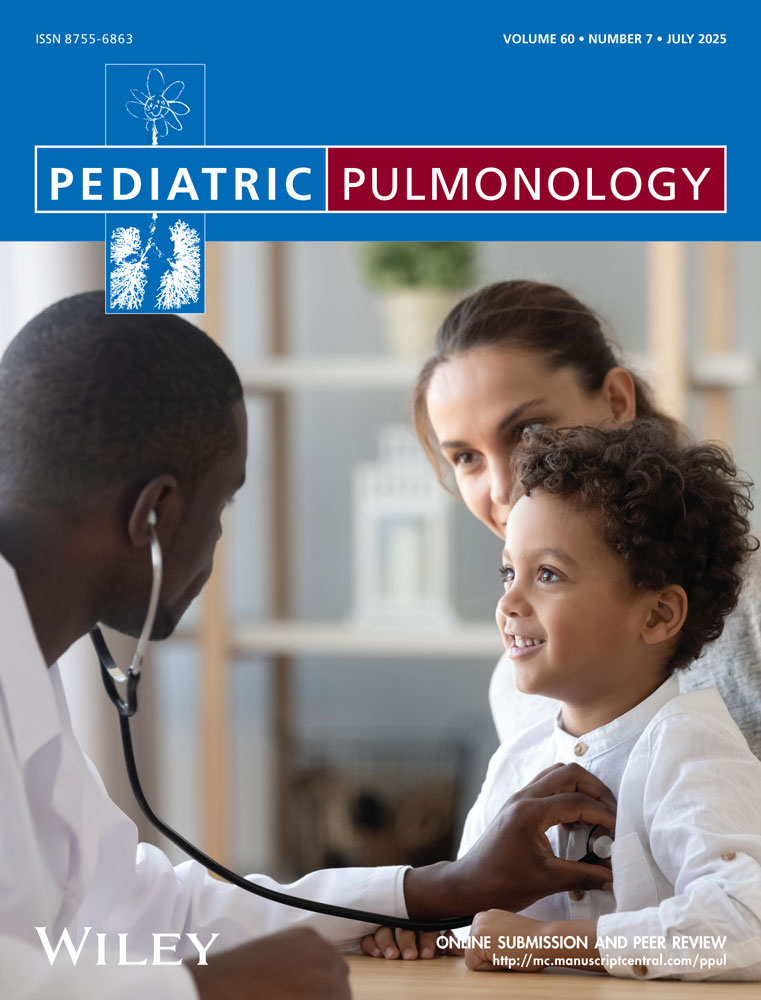Developmental aspects of pulmonary defenses in children
Abstract
It is now generally accepted that maturational immaturity of lung defense system(s) exists in the young infant and child which, together with other maturational deficiencies of immunologic systems, contribute to their undue susceptibility to infections, many of which are associated with pulmonary infections. The alveolar macrophage (AM), of central importance to lung defense, has been studied extensively in the neonatal rabbit by our group and in the human, by others. Collectively, the results indicate small numbers of morphologically and functionally immature AMs prior to birth followed by a dramatic increase within the first 24 hr. This increase coincides with the large release from type II cells of surfactant, which not only may be involved in the functional maturation of developing AMs but also, if present in large quantities, may lead to decreased activity of these cells. There is also an age-related increase in chemotactic and microbicidal activity of AMs during maturation. Deficiencies in bone marrow pools, complement and cytokines (IFN-γ, TNF-α) as well as IgG isotype switching are known to occur in the neonate which may contribute to increased susceptibility to infection and which are amenable to immune interventions. © 1995 Wiley-Liss, Inc.




